

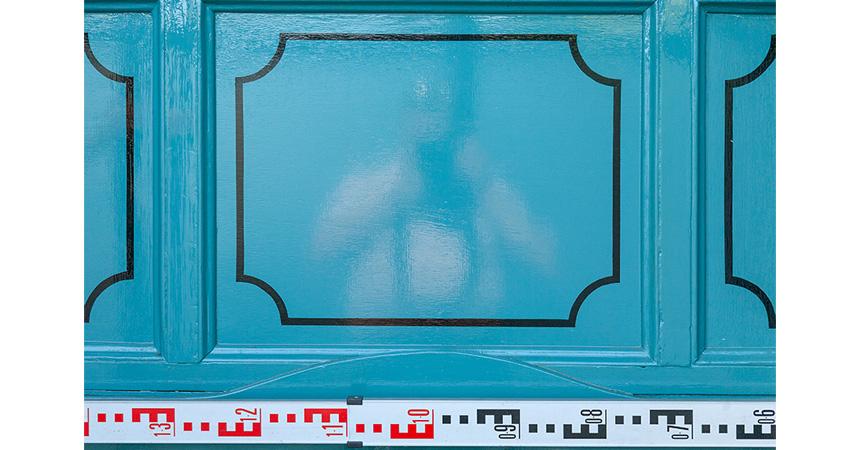
Good morning to you all and welcome to this special edition of Engine Shed.
With R3810 Stephenson’s Rocket Train Pack arriving with retailers now, and to tie in with our #HORNBY100 Social Media Takeover theme for July, the time has come to announce the addition of a new item of rolling stock that has been created to expand upon the vehicles included with the Stephenson’s Rocket Train Packs.

Drawing signed by George Stephenson for a second class carriage, probably similar to the examples initially used on the Liverpool & Manchester Railway.
The Liverpool & Manchester Railway opened on 15 September 1830 and the first public train ran on the following day, with Northumbrian hauling a train of 130 paying passengers between Liverpool and Manchester in 110 minutes. On the 16th, a regular timetable of six carriage trains commenced, but in 1830 the notion of ‘class’ travel had different connotations to that which we recognise today, based on the standards previously set by stagecoach and mail coach travel and relating to speed, rather than accommodation.
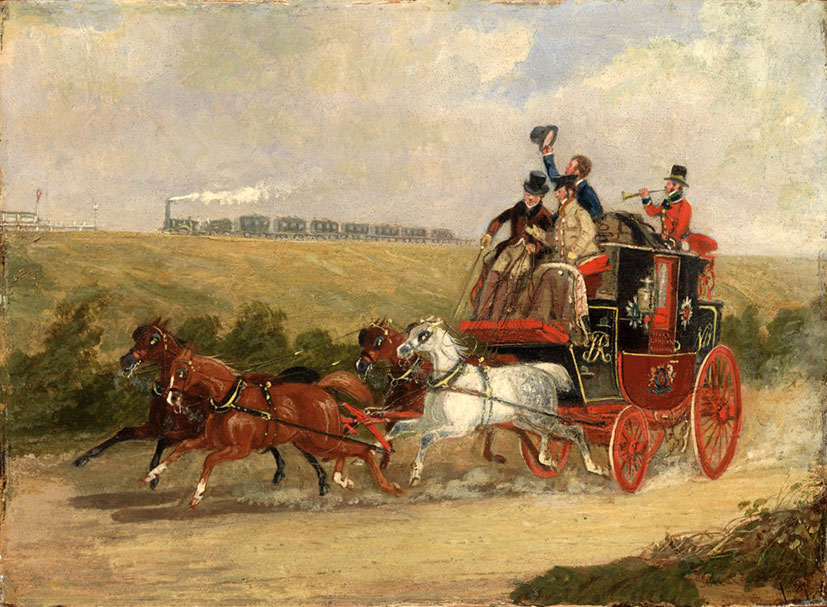
A Railway Train Overtaking the Hull-London Royal Mail Coach, by James Pollard, 1843.
Traditionally, a stagecoach would carry passengers either within the coach, or on the outside, and charge the traveller a relevant fare, however because of the number of bridges on the L&MR the Directors of that railway decreed that it was too dangerous for passengers to travel on the roof of the carriages and so it was decided to build carriages that were either for ‘inside’, or ‘outside’ passengers; the ‘inside’ passengers travelling in the yellow ‘glass coaches’, while the outside passengers travelled in the open ‘blue boxes’.
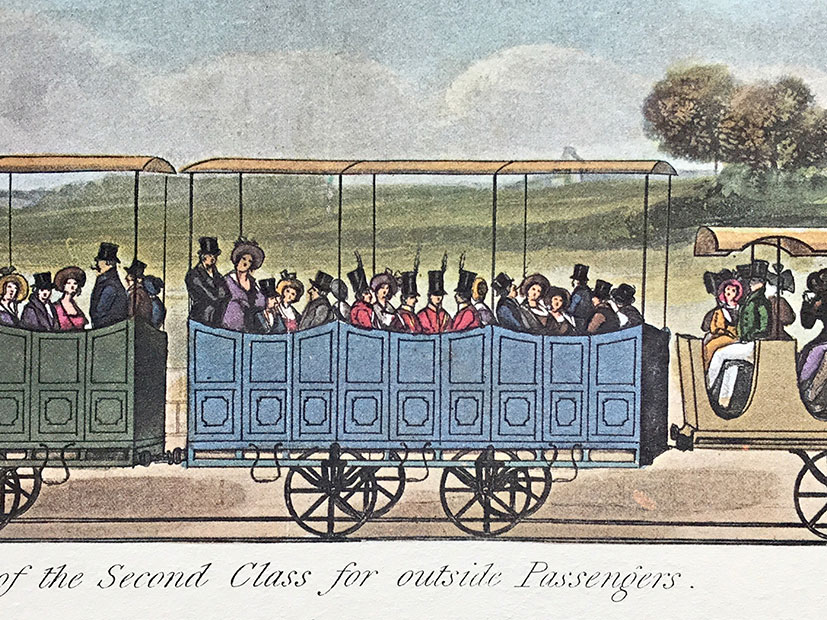
In 1830, ‘first class’ travel was used to describe the non-stop service between Liverpool and Manchester, which used three different styles of ‘glass coaches’, while ‘second class’ trains were used for the ‘stopping’ service where a passenger could make a request to alight at an intermediate station. These trains comprised a combination of three ‘glass coaches’ and three ‘blue boxes’, for which a fare of either 6s or 4s 6d was charged (dropping to 5s and 3s 6d in July 1831). As a result of this, the stations were also classified as first or second class. All trains stopped at a first class station and these had refreshment rooms, while second class stations were for request stops only and passengers had to pre-book their request so that the crew knew where to bring the train to a halt. In due course the sale of alcohol and food was forbidden at the second class stations and so if a passenger wanted refreshment, they would have to travel ‘First Class’.

Having established the concepts of first and second class, it was only a matter of time before railway companies created a lower fare ‘third class’ for the carriage of the working classes, especially in densely populated industrial areas. Companies such as the Manchester, Bolton & Bury Railway, the Manchester and Leeds Railway and the Sheffield, Ashton-under-Lyne & Manchester Railway all used open third class carriages, mostly for standing passengers, but sometimes fitted with a rudimentary bench (or benches). The L&MR considered the possibility of creating a third class as early as 1839, due largely to market pressure from the MB&BR and M&LR, but the directors were afraid that if they introduced third class, with its lower fares, it would draw passengers away from the first and second class trains. Introduction of third class was once again discussed by the L&MR Board on 15 January 1844, which they refused to sanction, but in April the decision was reversed and new enclosed second class coaches were ordered, as this was cheaper than converting the older ‘blue boxes’. These older carriages, most dating back to 1830, were downgraded to third and the first of the L&MR third class train services ran in October 1844, departing from Manchester at 06:30 and from Liverpool at 18:30.
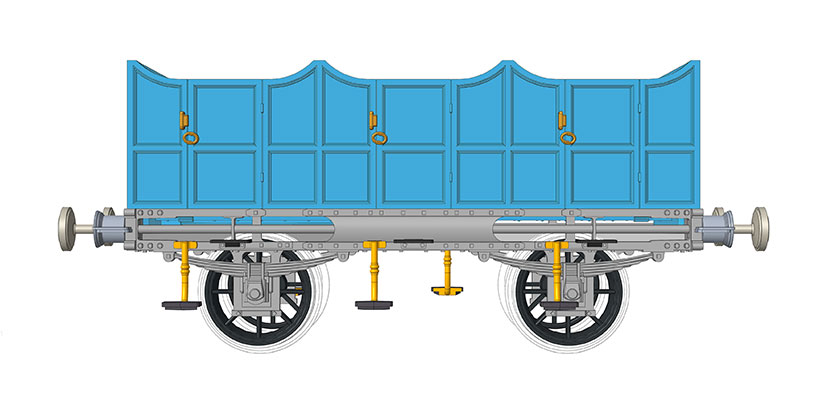
The open third class carriage on show at the Railway Museum is a replica, and along with two others was constructed in 1930 by the London Midland Scottish Railway at their works in Derby. All three were made from second hand material to run behind MR No. 57 Lion during the Liverpool & Manchester Railway centenary celebrations that were held in Liverpool in September 1930. The week long celebrations were opened on the 13 September 1930 by the American Ambassador, General Dawes, in St. George's Hall, Liverpool and were brought to a conclusion on 20 September by a final performance of the great Pageant of Transport which had been shown nightly at Wavertree Playground. Along with the first class carriages, the Derby replicas were designed by Sir Ernest Lemon, the Carriage & Wagon Superintendent at Derby and were based on no known prototype, being scaled to look ‘right’ behind Lion and all of the coaches shared a common underframe for ease of production. As such, their design probably reveals more about how early 19th century rail travel was perceived by the railway industry and press in the 1930s, rather than how it actually was; the railway press at the time even describing the carriages as being built to give an impression of 1830s vehicles.


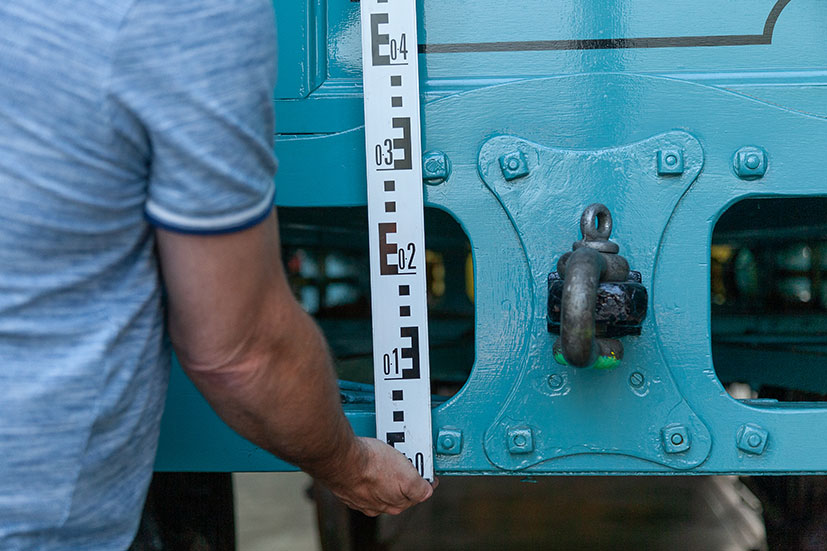
The Hornby team measured the Railway Museum’s replica third class carriage in July 2018, at the same time as the survey was being carried out on Rocket and the first class coach, with the CAD being completed in the weeks that followed as part of the same tooling suite. In normal circumstances, the designer would endeavour to add as much weight to the model as possible, possibly even using die-cast metal, but not on this occasion, as the weight would have been too much for Rocket to pull. The most difficult part of the design was to core out as much of the model as possible, so that the weight would be light enough for Rocket not to slip, while still ensuring sufficient strength and stability in the carriage. The body clips to the chassis in the same way as the first class coach and, like that model, there is also the facility to screw the two parts together for added security. In the designer’s own words, “The challenge was in fact the size of the model, or rather, the lack of size. With everything being so fine and tolerances being so critical, achieving strength in the model was a major challenge.”
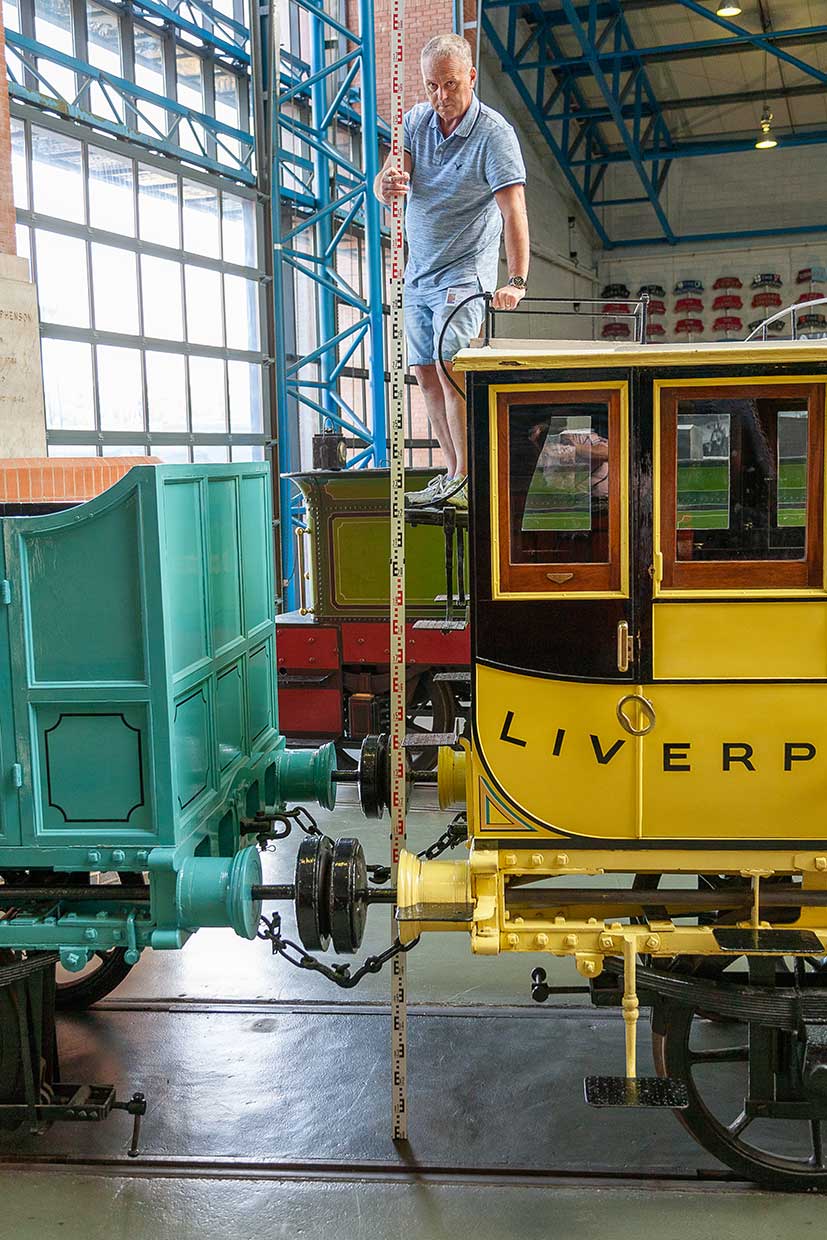
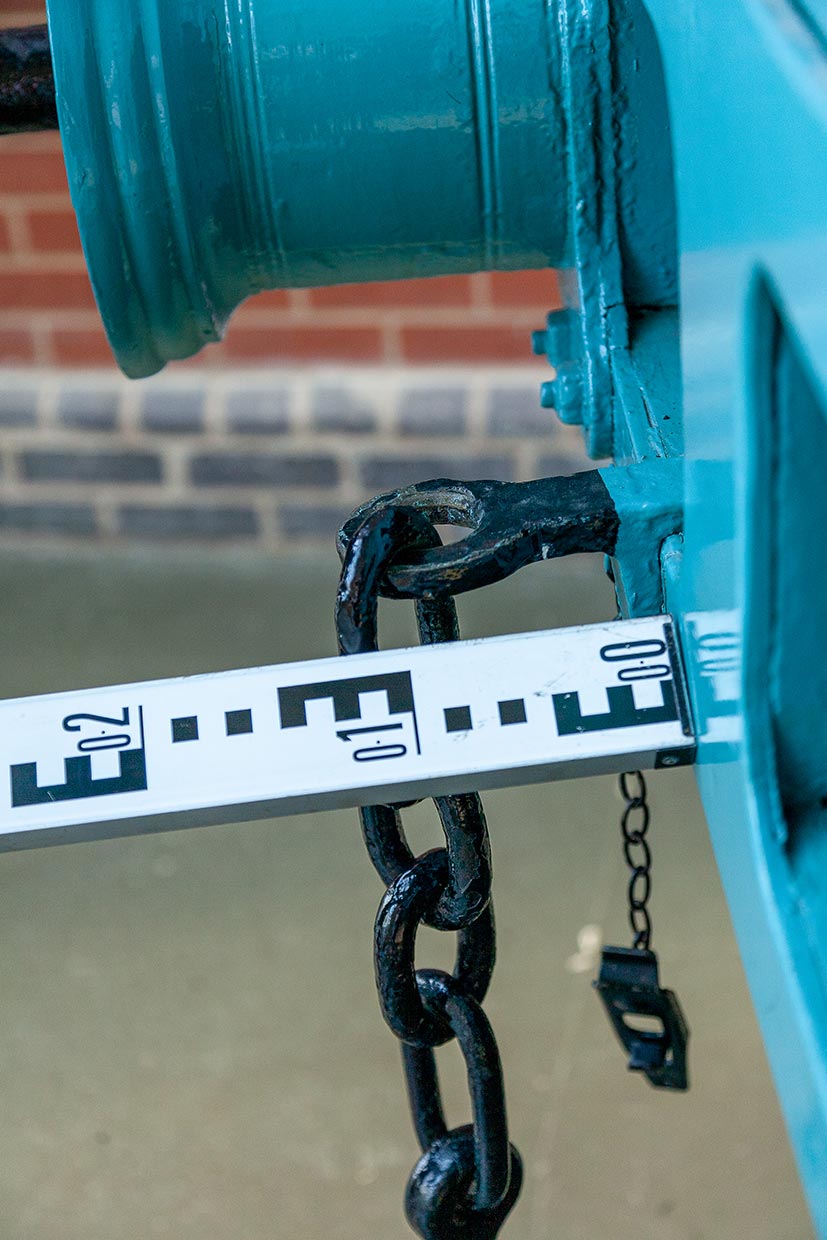
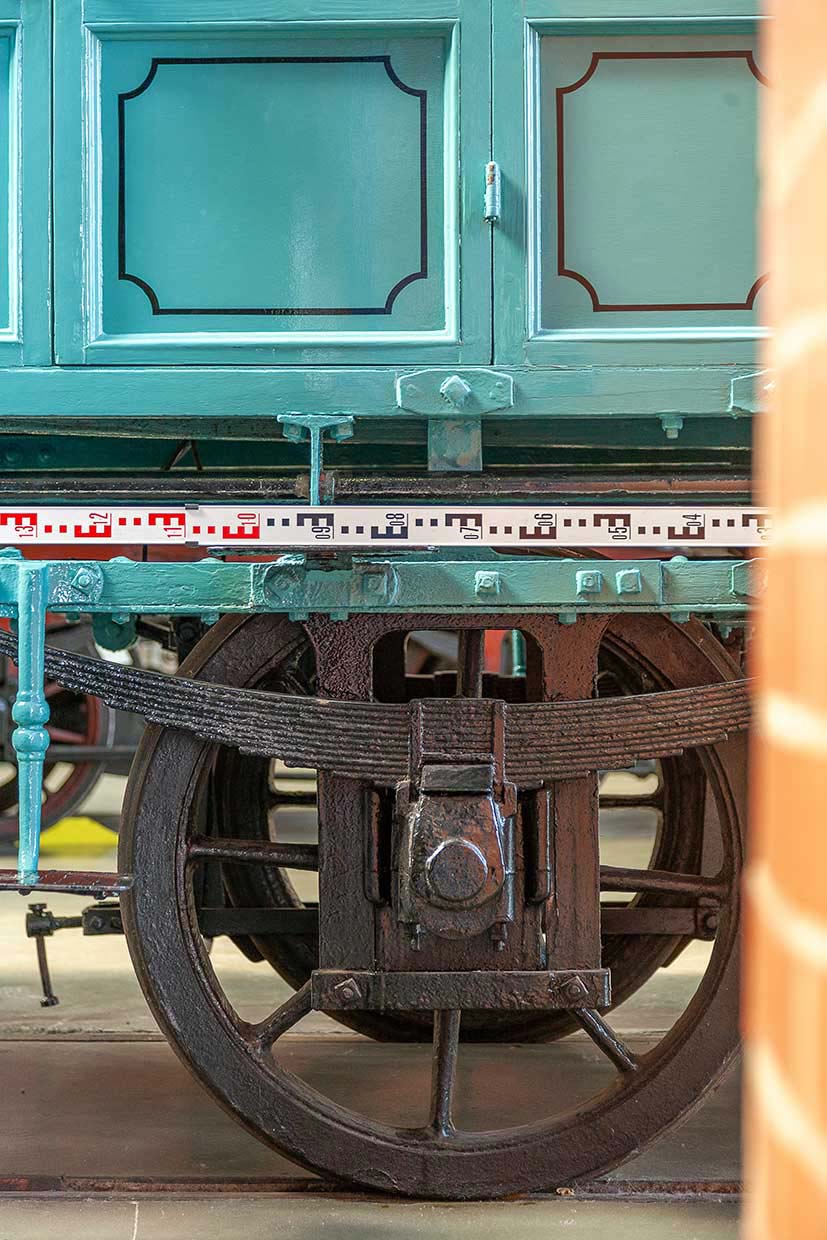

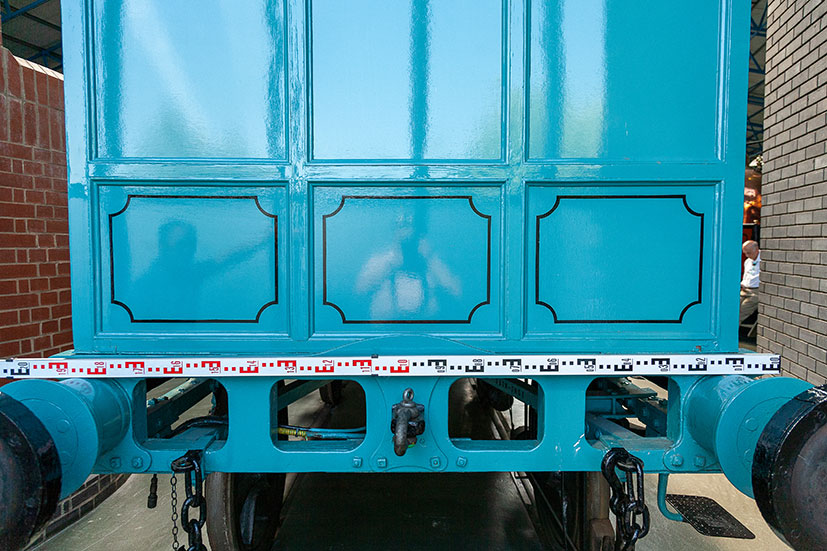
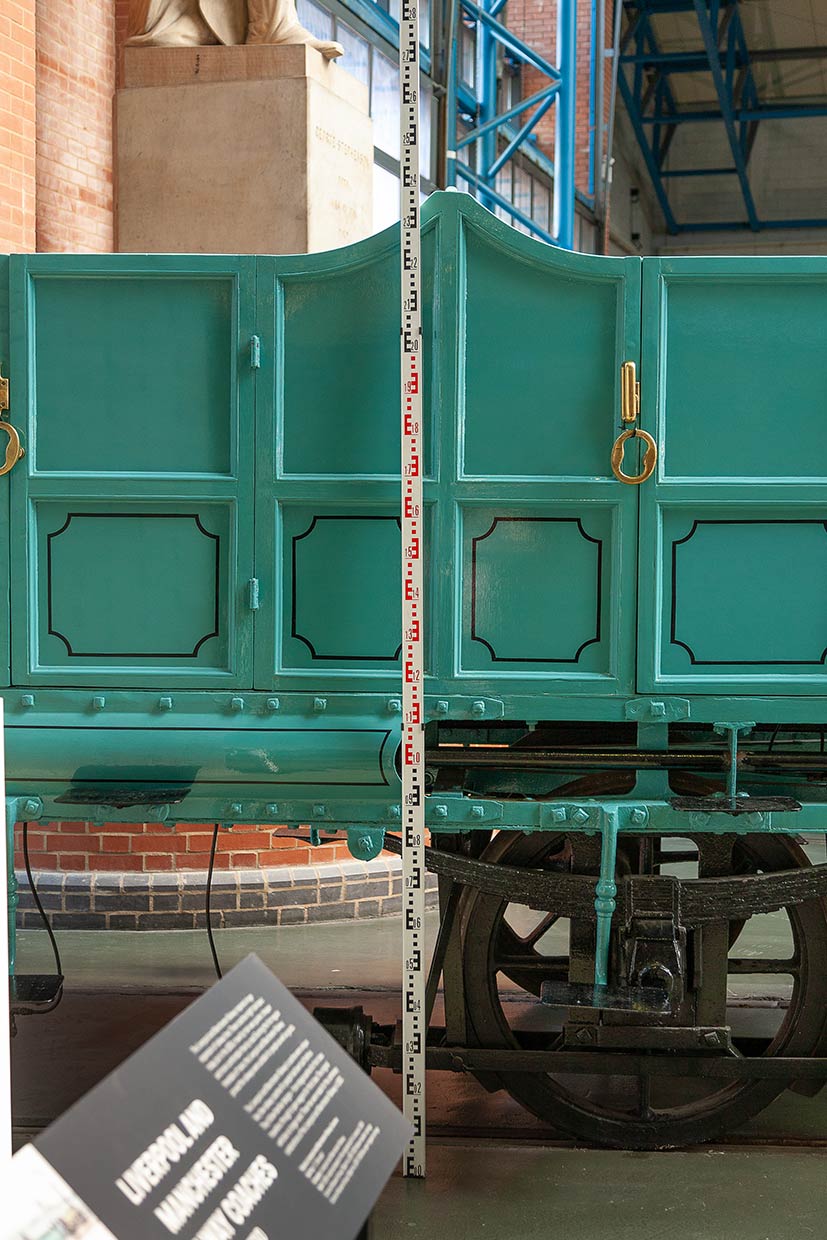
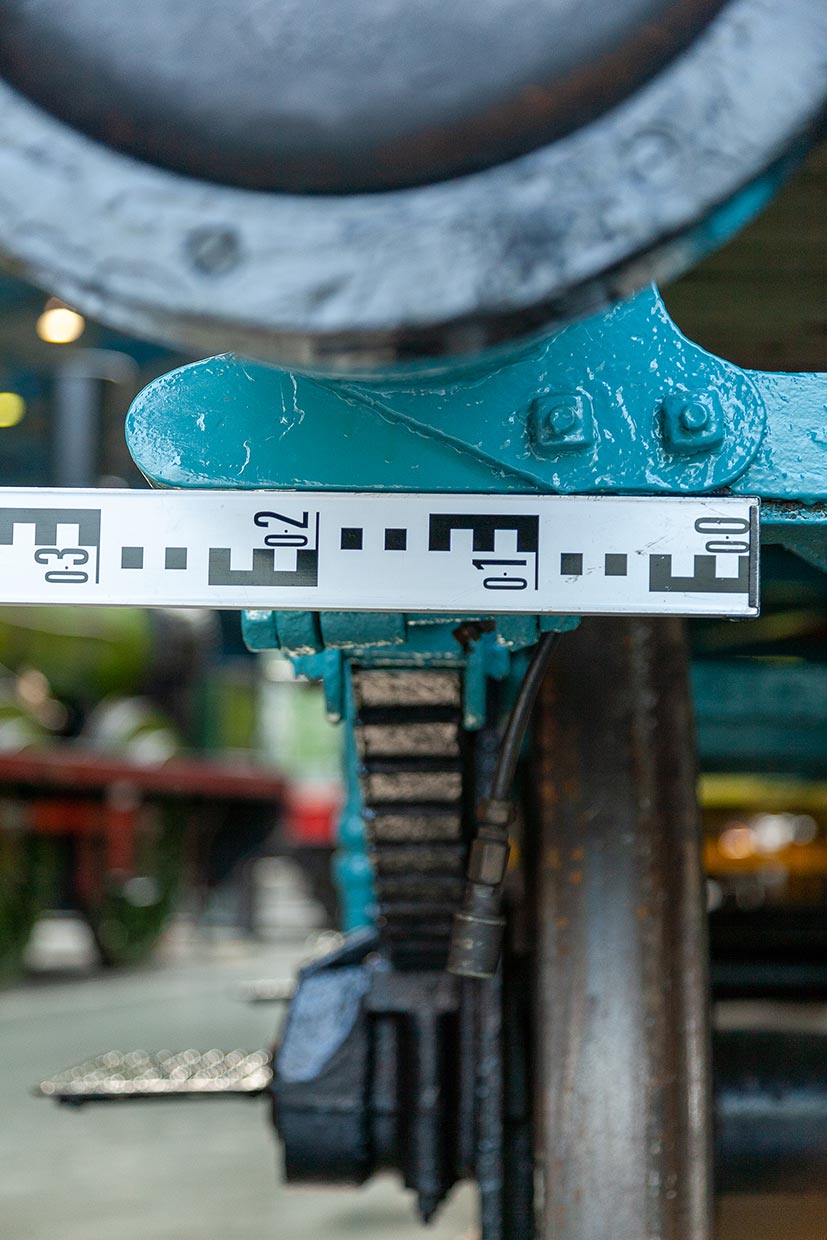
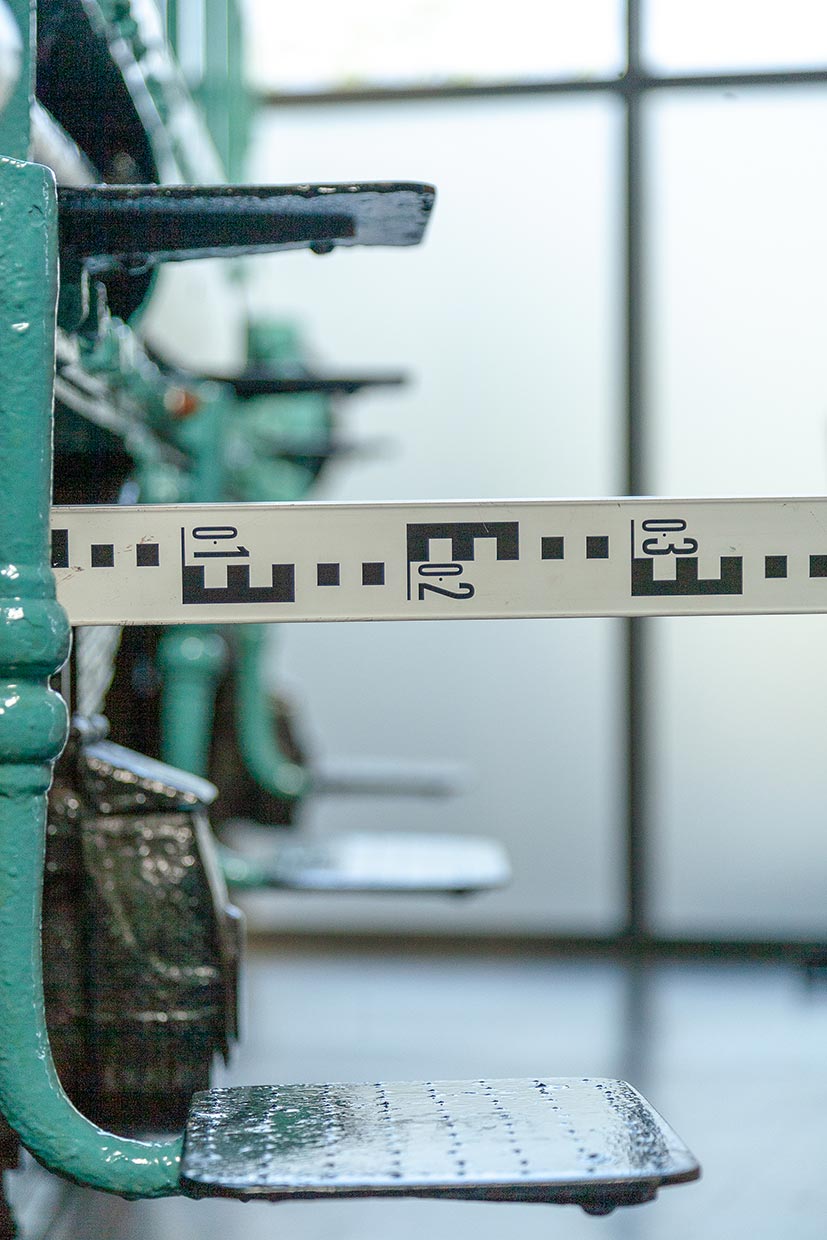
In creating the artwork, assessing the colour did not present a problem, although as can be seen from the photographs, the ‘Wagon Blue’ does vary markedly in appearance between the shadows and direct light.
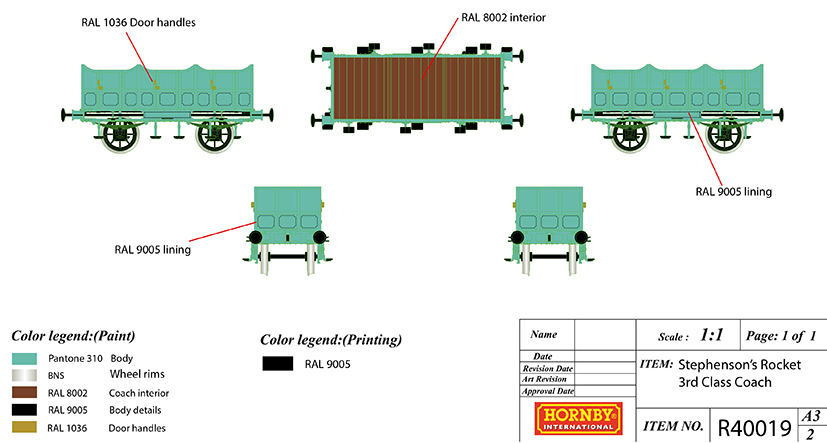
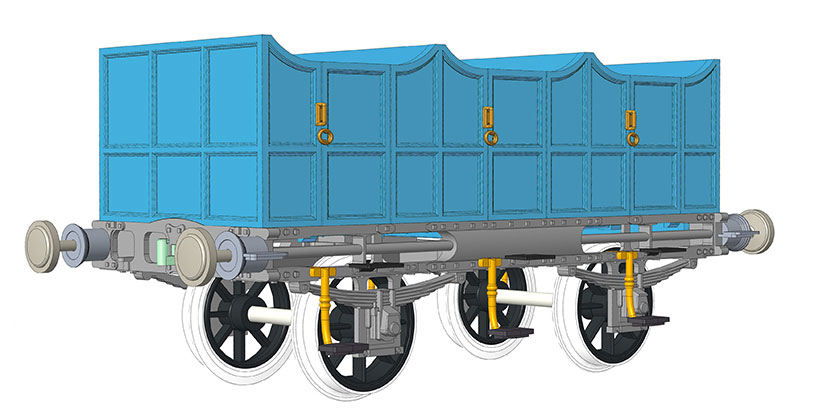
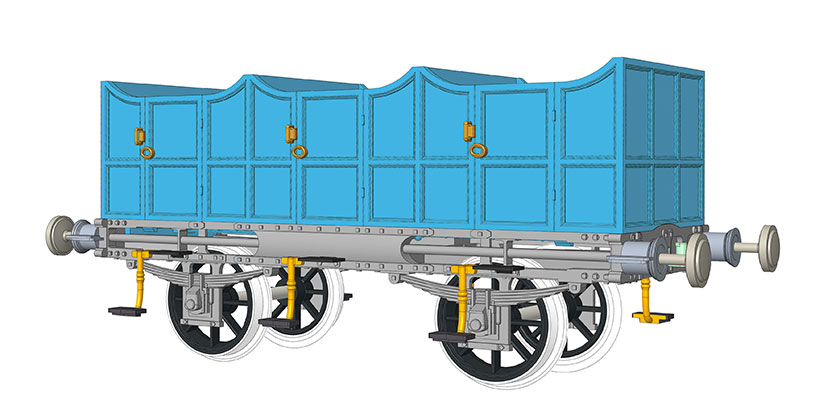
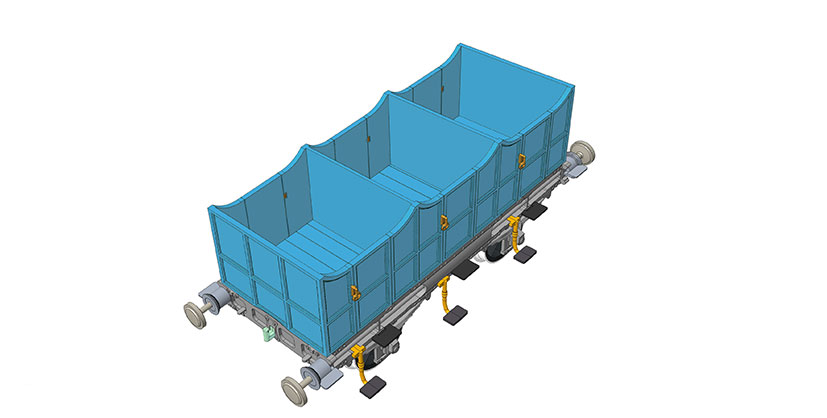
The arrival of the engineering samples is always a watershed moment in a project, representing the point that a model leaves the ‘drawing board’ and takes on a physical, tactile form and even though the development team were prepared for the moment, the diminutive size of the models still surprised everyone.
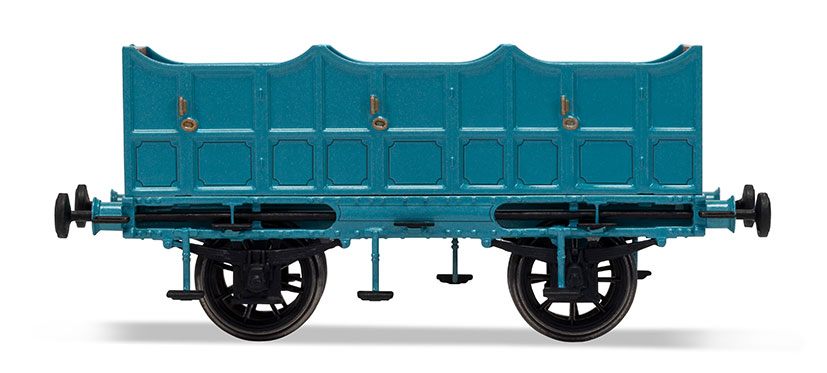

Throughout the project, not only have we been grateful for the assistance of Bob Gwynne and Anthony Coulls of the Railway Museum, but also to Anthony Dawson, author of many books on the subject of Victorian rail travel and for further reading on the subject, we can highly recommend Anthony’s ‘Travelling on the Victorian Railway: Travel in the Early Days of Steam’, as well as T.T Bury’s ‘Coloured Views of the Liverpool and Manchester Railway’.
R40141 L&MR Open Third Class Carriage is now available for immediate pre-order, at an RRP of £16.99 and with an expected delivery date of September 2020.
The next regular edition of the Engine Shed will be with you on the 17th July where, as a further part of the #Hornby100 social media theme for July, we will take the opportunity to look at the development of some of the items that feature in the 2020 Hornby Centenary Commemorative product range.
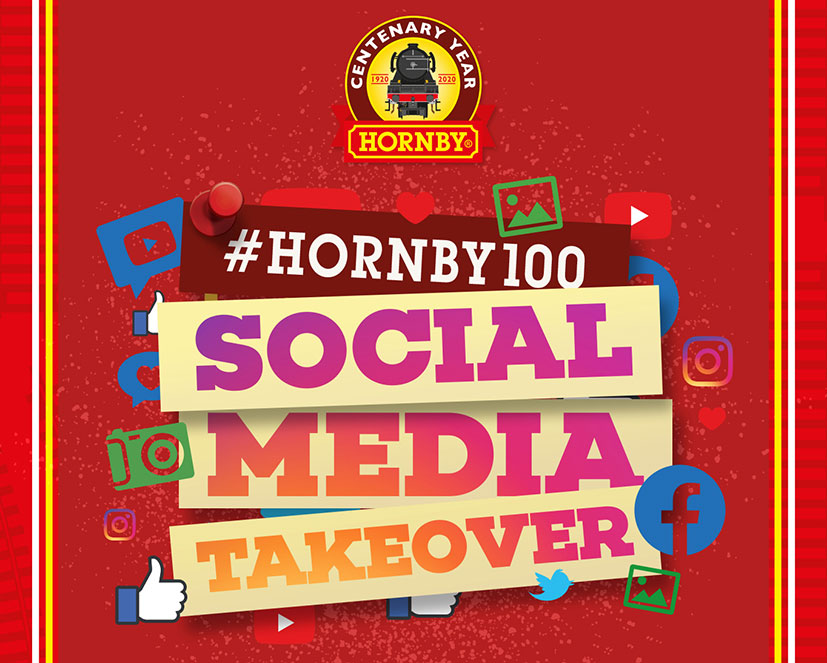
In the meantime, to prevent any chance of boredom during the school reduced timetable period and holidays, we have created the Hornby Kids’ Zone to keep your young railway enthusiasts (and some older enthusiasts as well, if some of the entries are anything to go by) out of mischief. There is a new Freestyle Drawing Competition to enter, as well as a wealth of new colouring sheets that have recently been added and there will be more activities to come soon!

If you have any feedback from this edition of the blog, please do pass your comments on to us through Facebook, Instagram or Twitter, or via our Official Forum.
Best wishes to you all, stay safe and healthy.
The Engine Shed team
Return to Engine Shed homepage
© Hornby Hobbies Ltd. All rights reserved.